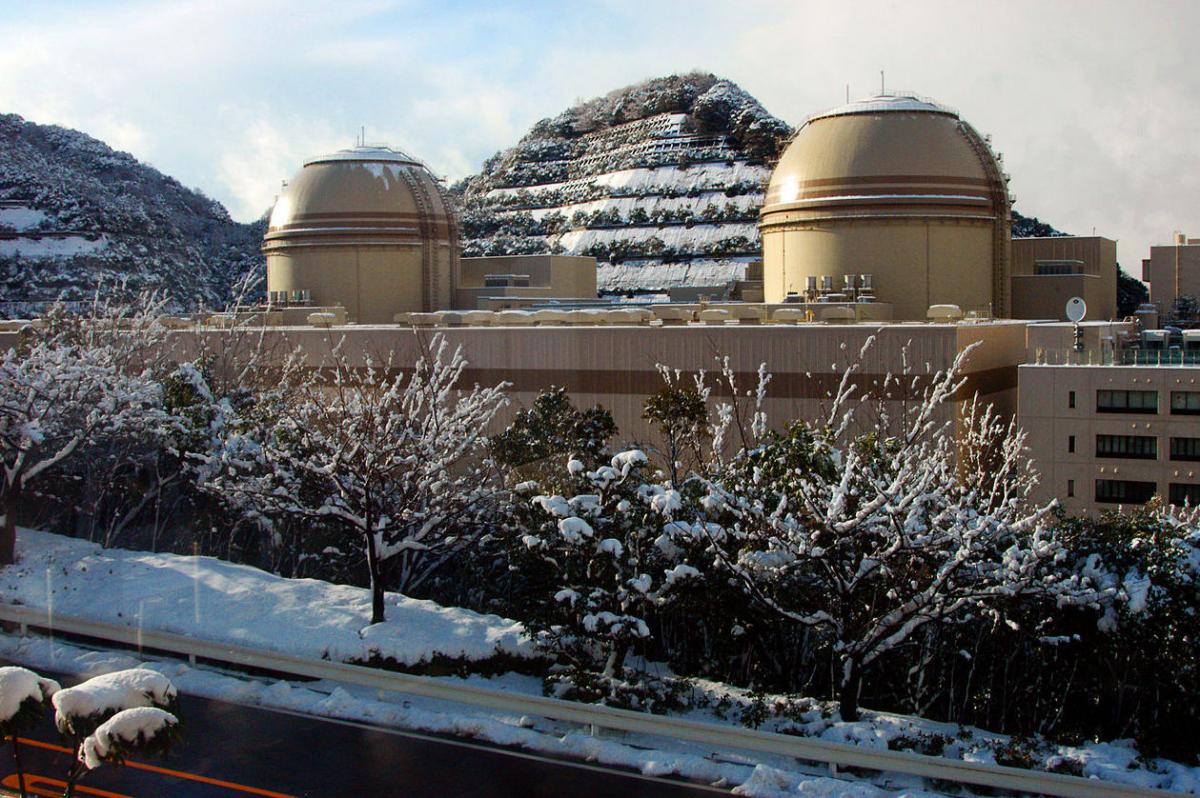Today, 440 nuclear reactors are operating in 30 countries worldwide. The energy generated by these plants provides 10 percent of the world’s electricity. But after we use nuclear fuel, what happens to the waste, and how do we handle it?
Nuclear plants don’t release carbon dioxide while they’re operating, like fossil fuel facilities do. But spent nuclear fuel becomes waste. Most of that waste is a mix of many slightly radioactive materials. As its unstable elements decay, nuclear waste produces heat. That poses issues for storage and disposal.
The three types of nuclear byproducts include low-level, intermediate-level, and high-level waste. The higher the grade of waste, the higher the percentage of active radioactivity. Low-level waste usually gets compacted into steel canisters and stored in concrete vaults underground. These vaults are then sealed, covered, and left alone to ensure that no radiation reaches the surface.
Intermediate and high-level waste give off more heat and radioactivity. High-level waste is only 3 percent of the total volume of nuclear waste generated, but it accounts for 95 percent of the radioactivity of all nuclear waste. Geologists and physicists sometimes incorporate this waste into glass and store it for up to fifty years to allow it to cool. Then, scientists seal the waste in vaults 250 to 1000 meters below the surface.
Nuclear energy produces a very small amount of waste when compared with other energy methods, yet it remains unpopular. Fear of nuclear energy increased in the wake of the Fukushima nuclear disaster in 2011. Now, some countries like Germany and France are phasing it out entirely, whereas new plants have recently opened in China and Eastern Europe.









